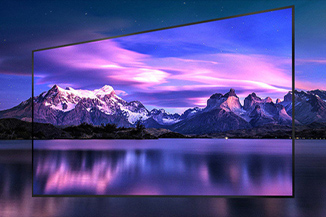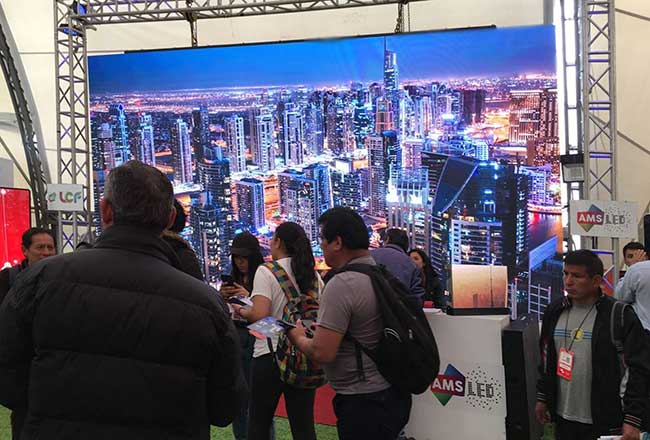Publisher: Supplier of LED Display Time: 2017-01-13 11:34 Views: 4997
It is well known that the common driving methods of LED display are static scanning and dynamic scanning. Static scanning is divided into static real pixels and static virtual, and dynamic scanning is also divided into dynamic real image and dynamic virtual. At present, Lianchengfa's driving devices include domestic HC595, Taiwan MBI5026, Japan Toshiba TB62726, etc., which are divided into 1/2 sweep, 1/4 sweep, 1/8 sweep, 1/16 sweep, 1/32 sweep.
1. Classification of LED display scanning methods:
Scanning mode: in a certain display area, the ratio of the number of lines lit at the same time to the number of lines in the entire area.
1. Static scanning: Static scanning is to implement "point-to-point" control from the output of the driver IC to the pixels. Static scanning does not require control circuits, and the cost is higher than dynamic scanning, but the display effect is good, stability is good, and brightness is lost. The advantages of being smaller, etc.
2. Dynamic scanning: Dynamic scanning is to implement "point-to-column" control from the output of the driver IC to the pixel points. Dynamic scanning requires a control circuit, and the cost is lower than that of static scanning, but the display effect is poor and the brightness loss is large. .
Second, according to the environment:
Indoor single and double color is generally 1/16 scan, indoor full color is generally 1/8 scan, outdoor single and double color is generally 1/4 scan, and outdoor full color is generally static scan.
3. Classification by model:
1. Scanning mode of indoor full-color LED display: P4, P5 are constant current 1/16, P6, P7.62 are constant current 1/8.
2. Scanning mode of outdoor full-color LED display: P10, P12 are constant current 1/2, 1/4, P16, P20, P25 are static.
3. The scanning mode of single and double color LED display screen is mainly constant current 1/4, constant current 1/8 scan, and constant current 1/16 scan.
Four, LED display 1/4 and 1/8 scan mode:
1/4 scan: Under the same other conditions, the 1/4 scan display is only half as bright as the 1/2 scan display, which is suitable for semi-outdoors and indoors. The control method is to increase from 1/2 of two LEDs to 4 LEDs. The current is swept across the 4 LEDs.
1/8 scan, 1/16 scan: These are driving methods with lower brightness, and are generally only used indoors. They are controlled in the same way.




